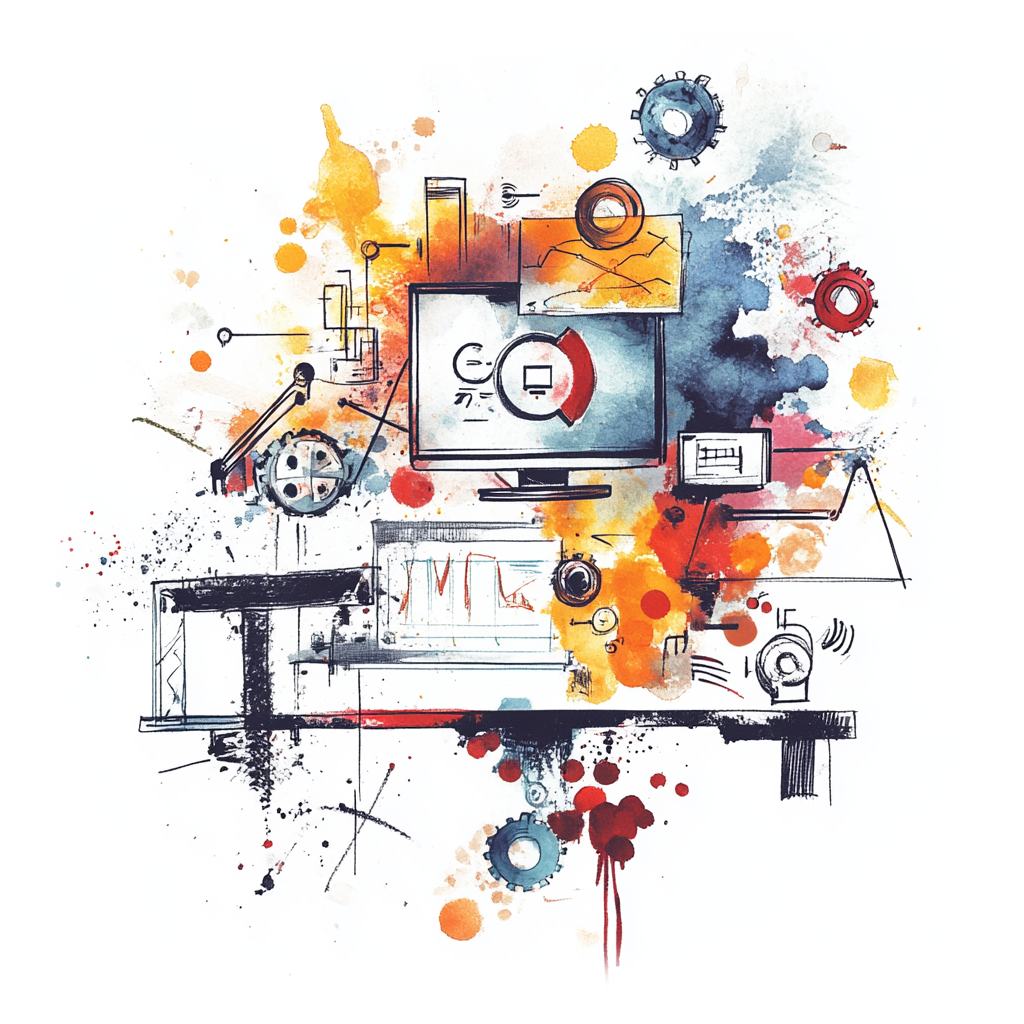Leveraging Self-Owned AI in Packaged Foods
Learn how Packaged Foods companies can leverage self-owned AI to enhance their operations and drive innovation.

Harnessing Your Own AI: A Game Changer for Upstream Operators in the Packaged Foods Industry
Imagine walking into your office one day to find that your very own advanced artificial intelligence (AI) is sitting there, ready to tackle challenges and provide insights that could elevate your business. For upstream operators in the packaged foods industry, having your own AI is not just a fantasy; it could be the key to unlocking new levels of efficiency and innovation.
Real-World Use Cases for Your Own AI
Let's explore some concrete ways that upstream operators in the packaged foods sector can leverage a personalized AI solution to make a meaningful impact:
1. Optimizing Supply Chain Management
In the fast-paced world of packaged foods, timing is everything. Your AI can analyze various data points—like transportation schedules, inventory levels, and seasonal demand—to ensure your products are delivered just when they're needed. This could mean fewer delays and less waste.
2. Quality Control
Imagine if you could detect inconsistencies in product quality before they even hit the market. Your own AI can sift through data from sensors in production lines, flagging any anomalies in real-time. This can help you maintain high standards and customer satisfaction, which is crucial in building brand loyalty.
3. Product Development and Innovation
In an industry characterized by ever-changing consumer preferences, constant innovation is key. Your AI can analyze social media chatter, consumer reviews, and market trends to identify emerging flavors or product lines that could be the next big hit.
4. Risk Management
With fluctuating ingredient costs and regulatory challenges, the ability to anticipate risks is invaluable. Your own AI can provide predictive analytics to help you navigate market volatility, allowing you to make smarter decisions.
Why Go for Your Own AI?
You may be wondering: why should we invest in developing our own AI instead of relying on an external solution? Here’s the scoop:
1. Tailored Solutions
When you create your own AI, you can customize it to understand the unique challenges and nuances of the packaged foods industry. Off-the-shelf solutions may not take your specific needs and objectives into account.
2. Data Privacy
In an age of growing data concerns, keeping your operations and customer information private is crucial. With your own AI, you control the data, ensuring that proprietary information remains in-house and secure.
3. Cost-Effectiveness
While the initial investment may seem significant, having your own AI can save you money in the long run. By optimizing operations, reducing waste, and enhancing product quality, you could see a significant return on investment.
4. Continuous Improvement
Your AI will keep learning as you gather more data—adapting to changing circumstances and helping you improve decision-making processes over time.
How to Get Started
Ready to embark on the journey of creating your very own AI? Here’s a simplified roadmap to guide you through the process:
Step 1: Define Your Goals
What are the primary challenges you want your AI to address? Think about operational efficiency, product quality, or customer insights. Having clearly defined objectives will guide the development.
Step 2: Collect Data
Your AI will need data to learn from. Start gathering data related to production, suppliers, customer preferences, and market trends. The more relevant data you have, the smarter your AI will become.
Step 3: Choose the Right Technology
Partner with a tech provider that specializes in AI solutions for the food industry. Ensure they can customize the platform to fit your goals and data needs. Remember: you don't want something cookie-cutter; you want a tailored experience.
Step 4: Develop and Train Your AI
With the help of your tech partner, start building your AI. During this phase, continually assess its performance and provide feedback for improvement.
Step 5: Implement and Monitor
Once your AI is developed, it's time to put it into action. Keep a close eye on its performance and be prepared to make tweaks as needed. Continuous improvement will be your mantra.
Step 6: Iterate and Enhance
Over time, revisit your goals and data. Use this information to enhance your AI’s capabilities, ensuring it evolves with your business and market trends.
In a landscape where efficiency and innovation are key, embracing your own AI can be a transformative move. By tailoring this technology to meet the specific needs of upstream operators in the packaged foods industry, you position your firm to thrive in a competitive market. So, why wait? The future of your operations is just an AI away.
